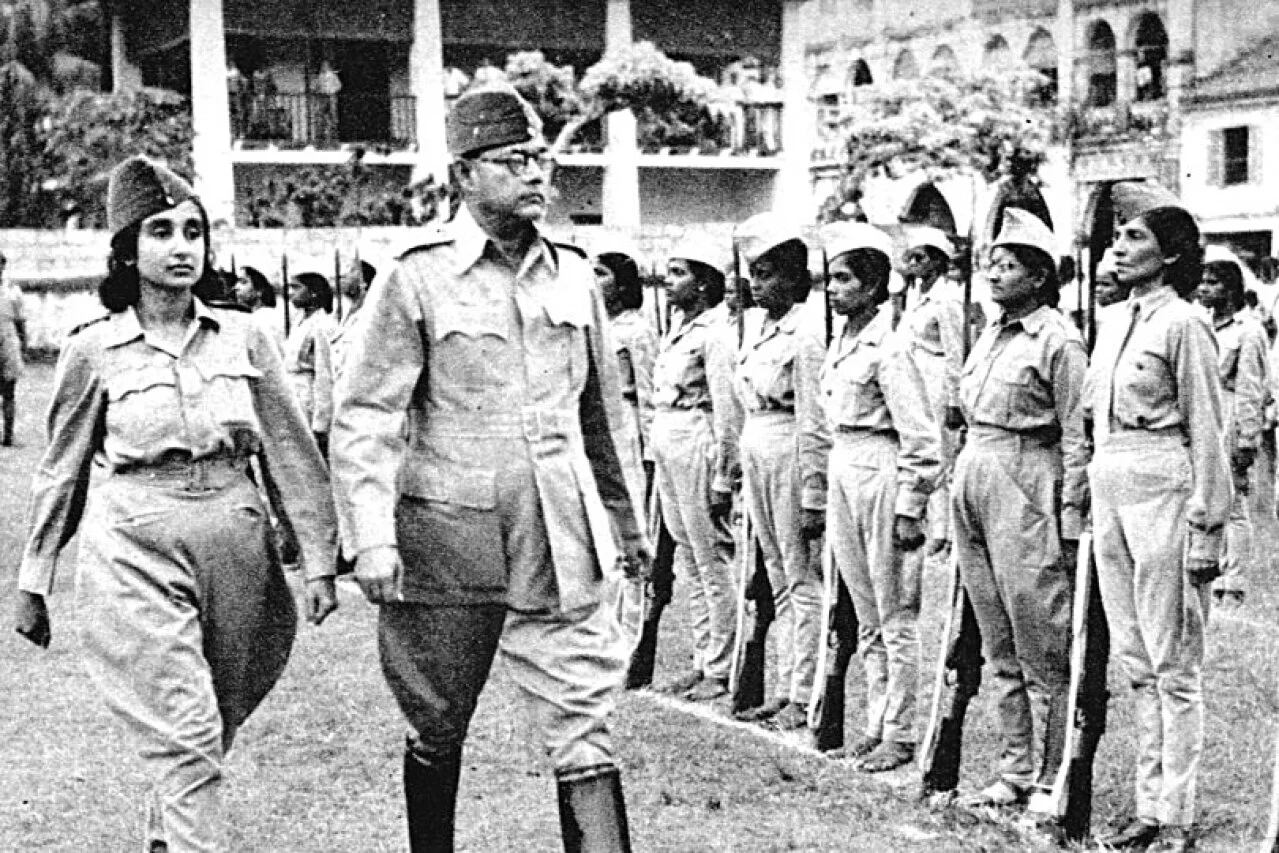In the span of just ten years India waged three conventional conflicts against peer competitors with radically divergent results. During the 1962 Sino-Indian War, India was humiliated by China in a short conflict that saw the Chinese occupy substantial Indian territory. Three years later, during the 1965 Indo-Pakistan war, India was able to reach a stalemate, successfully defending Kashmir but proving unable to defeat Pakistan on the plains of Punjab. Lastly, during the 1971 Indo-Pakistan war, India achieved a stunning success, decisively defeating Pakistani forces in East Pakistan in just thirteen days. The roots of these three divergent outcomes can be traced to the varied condition of Indian civil-military relations and its impact on pre-war defense planning, wartime operations, and war termination.
What Comes After COVID-19? Political Psychology, Strategic Outcomes, and Options for the Asia-Pacific “Quad-Plus"
The novel coronavirus pandemic has built the foundation for an unexpected pax epidemica between the U.S. and China. The pandemic has inflicted significant damages on all the great and middle powers to the extent that none would be in a position to win a war anytime in the near future. Most importantly, policymakers’ pessimistic considerations about their own country’s military capabilities and readiness for war would make them risk-averse and unwilling to undertake any major military campaign, therefore calling off the risk of interstate war altogether.
#Reviewing Women at War
Women at War is a book about shared vision—the vision of Indian independence, for which so many men and women were willing to give their lives, a vision which united the charismatic, controversial, and Cambridge-educated Subhas Chandra Bose with the women of the Rani of Jhansi Regiment, many of whom had never even lived in their mother country.
The Great Game Reinvigorated: Geopolitics, Afghanistan, and the importance of Pakistan
The return of great power geopolitics has transformed Afghanistan’s strategic circumstances, affecting both its future and the long-term interests of the United States. These conditions reinforce the enduring importance of Pakistan to America’s strategic flexibility, particularly in an era of renewed great power competition.
#Reviewing South Asia in 2020: What a 2002 Book About South Asia Can Teach Us Today
The relative strategic importance of Japan and India in Asia will shift considerably over the next decade and more, with India becoming more important and Japan less important. South Asia in 2020 shows we cannot predict the future perfectly, but if we take the time to assess the right trends and look forward, we might be able to grasp its contours.
Against the Tide: A Look at Chinese and Indian Strategies to Become Superpowers
While the United States is currently considered the world’s hegemonic power, several other states possess the potential to be superpowers in the making, such as Brazil, Russia, India, and China (the so-called BRIC countries). Assuming these great powers desire to better their positions, their respective strategies may either propel them into a leading international role or act as a hindrance to their ascent. The examples of China and India, in particular, serve as interesting cases to explore due to their potential to become superpowers as well as their vastly different approaches in world affairs.
What Arms Trade Data Say About Where the “Quad” Stands
The rise of China and the challenge that China poses to the United States is the defining trend around which American strategists orient their thinking about Asia. In Canberra, Delhi, and Tokyo, national security policymakers view China as the foremost national security threat facing their nation. This shared focus on China underpins the idea of the “quad,” a proposed security partnership between Australia, India, Japan, and the United States, which would represent a democratic bloc against Chinese hegemony in Asia.
Engaging China and India: A Conversation With Anja Manuel
It would be better if American leaders adopted toward both China and India the same perspective the 19th-century British held toward the upstart Americans. Be patient when China and India act impetuously, as most newly rising powers do. Be clear about where the lines are and enforce them consistently. And finally, practice cooperating wherever we can.
The Emergence of India as a Space-Faring Nation: Implications on the Developing Conflict in the South China Sea
Growing concern over China’s burgeoning military might and seeming willingness to use it has caused many to re-evaluate U.S. Army doctrine and training. Counterinsurgency and asymmetric warfare have dominated Western military thought over the past decade of fighting. However, the escalating conflict in the South China Sea has many strategic thinkers considering how to fight a large-scale war once again. One nation often overlooked in the Pacific equation, though, is India and their emerging capabilities in space, and how those emerging capabilities may impact an armed conflict.










